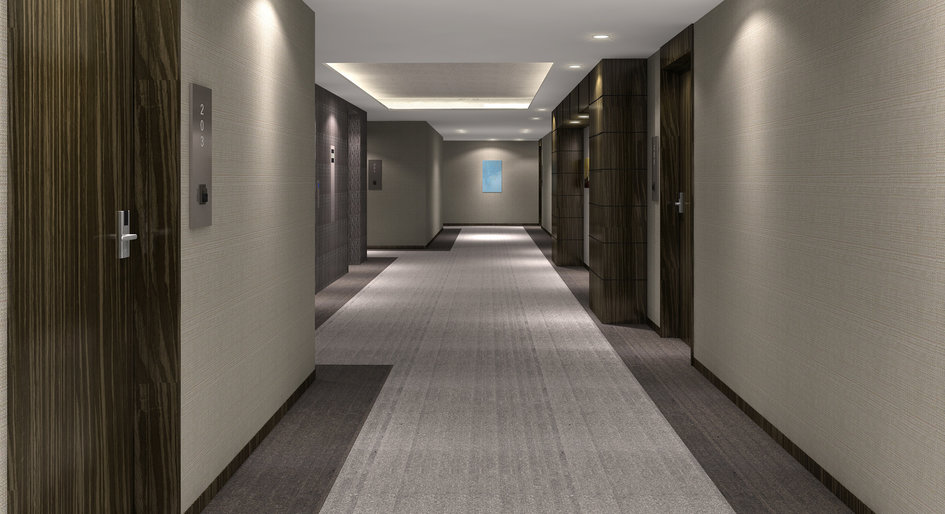Hotel sector analysts are projecting a 37 per cent decline in revenue per available room (RevPAR) across the United States in 2020, although that’s contingent on resurgent third and fourth quarters to pull up an expected 60 per cent slide over the course of April, May and June. A new report from CBRE Hotels Research assesses the likely fallout from the COVID-19 pandemic and concludes it will hit luxury, airport and resort properties particularly hard, along with a general wallop across large urban markets that are international business, tourism and/or convention hubs.
“At this point in time, the expectation is that the Canadian accommodation market performance will follow a similar trend line in terms of the decline and recovery,” notes accompanying commentary from CBRE Hotels Canada.
The second quarter will see the most dramatic dip in activity with U.S. RevPAR projected to be nearly 70 per cent lower than the comparable period in 2019. The report’s author, Jamie Lane, senior managing economist with CBRE’s advisory services, suggests U.S. occupancy levels, which hovered around 53 per cent as of mid-March, won’t bottom out, at slightly below 15 per cent, until late April.
Looking to other markets, Italian hotel occupancy fell to about 15 per cent earlier this month. In China, where the progress of the outbreak is estimated to be about seven weeks ahead of North America, occupancy levels are now nearing 20 per cent, climbing from below 10 per cent in early February.
In the midst of a still cresting scenario, Lane speculates that U.S. hotels will manage to draw business in the weeks ahead from a “significant base” of captive users such as airline personnel, designated essential workers and people self-isolating outside their family dwellings. As some hotels close temporarily or possibly convert to facilities for quarantine and convalescence, those remaining open will be positioned to capture a larger share of this base. Additionally, he points to the “unproven ability of the United States to enforce travel restrictions and inconsistent policies at the city and state level” versus more universally rigid control in China.
In plotting the downward and projected recovery curve, Lane draws both from Chinese and European COVID-19 related statistics, and from hotel market performance during previous economic downturns and other events undermining confidence in travel. “People avoid travel when they feel unsure about their future financial state (constraint #1) and when they feel afraid to make trips (constraint #2),” he observes.
While the COVID-19 outbreak has triggered the first constraint, the second constraint is termed “a broader and more complicated phenomenon”. With its pandemic status, COVID-19 also presents a more all-encompassing threat than earlier 21st century episodes of SARS, H1N1 or Ebola.
“Recovery will take longer from this event because of the interconnectivity of many countries and their reliance on each other for leisure and business demand,” Lane hypothesizes.
Already, it’s projected that the COVID-19 hit on hotels will be more severe than the combined losses following the 2001 terrorist attacks in the U.S. and the 2008 economic crisis, which saw sliding RevPAR of 6.7 per cent and 16.7 per cent respectively. As with the post-September 2001 period, mid-scale and economy properties have fared somewhat better thus far, registering a 20 per cent drop in RevPAR in recent weeks versus a 45 per cent decline across luxury, upscale, airport and resort venues. Still, Lane suggests that, like 2001, the latter properties could also enjoy an earlier rebound.
“If containment efforts are successful and people are permitted to begin travelling again by Q3, we expect a swift recovery as the fundamental reasons for travel remain strong and consumers of travel have pent-up demand to leave the house,” he projects.
In the longer term, RevPAR is projected to return to 2019 levels by 2022. That’s a very different picture than the view from a few months ago — equating to about USD $100 billion less revenue in the intervening years than pre-COVID-19 forecast plotted.






